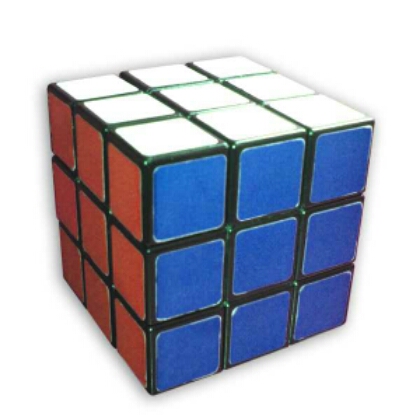
Imagine that one sees a Rubik’s Cube for the first time, on a table nearby. Three sides of that six-sided object are visible, displaying small squares of red, blue, and white.
Consider this initial puzzle: What colors are the other three sides? How would one determine, with confidence, the colors on those sides obscured from view?
There’s more than one possibility.
One could simply deny that there are three other sides: acknowledging what one sees, while simultaneously denying the existence of the unseen.
One could, instead, acknowledge that there are other sides, but that those sides must be the same as the ones on the three visible sides: if one sees red, blue, and white, then that’s all there is (or could be) on the cube.
A third option would be to form a committee, charged with developing an algorithm, by which one could predict what colors the other sides might be, based on what one sees now on the visible sides. The committee would meet dozens of times, to develop a scheme by which cube colors might be predicted.
A fourth option would be to scour bookstores and toy shops for manuals on Rubik’s Cubes, to see if those publications described the colors of the puzzle.
Alternatively, one might reach out one’s hand, pick up the cube from the table, and rotate it to examine each of its sides. Doing so would reveal that, for a regular Rubik’s Cube, the six sides showed six colors, one color per side: red, blue, white, green, orange, and yellow.
The policymakers of Old Whitewater (a state of mind, rather than a person or chronological age) will typically settle on one of the first three merhods: deny it’s a cube, assume that the colors on the unseen sides must be the same as the visible sides, or form a committee to study what the unseen sides’ colors might be.
A few relatively adventuresome people from among this clique would perhaps go off looking for a manual.
A few others would want to manipulate the cube to learn about its unseen sides, to be sure, but they would be rebuked by a greater number of policymakers, lest the few impermissibly deviate from conventional, collective thinking.
The overwhelming majority of the city’s residents, however, would likely turn the cube over and around to see all its sides.
